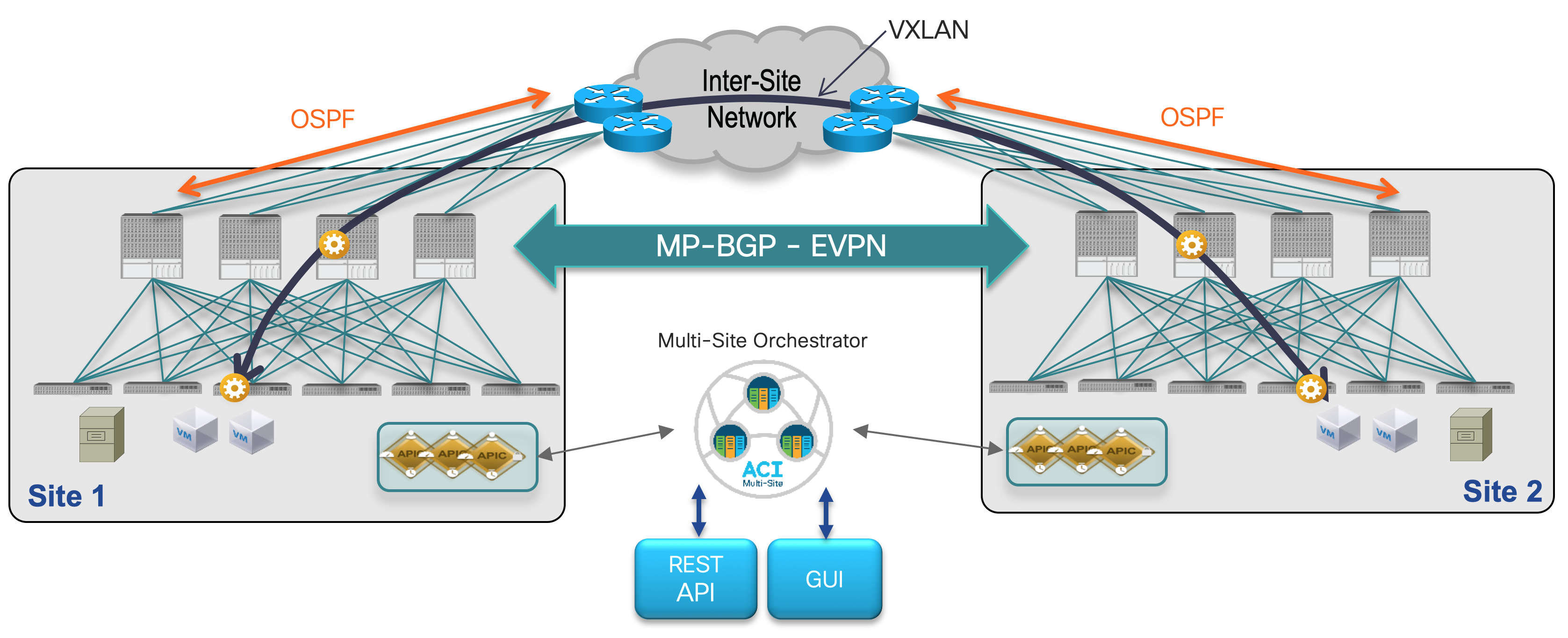Council of oracle protocol coop
- Introduction
- ACI Basics
- Access Policies
- ACI VMM Integration
- Tenants
- Day 2 Operations
- Endpoint Security Group
- ACI Segmentation
- Nexus Dashboard
- Orchestrator
- Insights
- Conclusion
- References
- Pod: A pod is a leaf-and-spine network sharing a common control plane (Intermediate System–to–Intermediate System [ISIS], Border Gateway Protocol [BGP], Council of Oracle Protocol [COOP], etc.). A pod can be considered a single network fault domain.
- Fabric: A fabric is the set of leaf and spine nodes under the control of the same APIC domain. Each fabric represents a separate tenant change domain, because every configuration and policy change applied in the APIC is applied across the fabric. A Cisco ACI fabric thus can be considered an availability zone.
- Multi-Pod: A Multi-Pod design consists of a single APIC domain with multiple leaf-and-spine networks (pods) interconnected. As a consequence, a Multi-Pod design is functionally a fabric (a single availability zone), but it does not represent a single network failure domain, because each pod runs a separate instance of control-plane protocols.
- Multi-Site: A Multi-Site design is the architecture interconnecting multiple APIC cluster domains with their associated pods. A Multi-Site design could also be called a Multi-Fabric design, because it interconnects separate availability zones (fabrics), each deployed either as a single pod or multiple pods (a Multi-Pod design).

- Cisco ACI Multi-Site policy manager: This component is the intersite policy manager. It provides single-pane management accross sites, enabling you to monitor the health score state for all the interconnected sites. It also allows you to define, in a centralized place, all the intersite policies that can then be pushed to the different APIC domains for rendering them on the physical switches building those fabrics. It thus provides a high degree of control over when and where to push those policies, hence allowing the tenant change domain separation that uniquely characterizes the Cisco ACI Multi-Site architecture.
- Intersite control plane: Endpoint reachability information is exchanged across sites using a Multiprotocol-BGP (MP-BGP) Ethernet VPN (EVPN) control plane. This approach allows the exchange of MAC and IP address information for the endpoints that communicate across sites. MP-BGP EVPN sessions are established between the spine nodes deployed in separate fabrics.
- Intersite data plane: All communication (Layer 2 or Layer 3) between endpoints connected to different sites is achieved by establishing site-to-site Virtual Extensible LAN (VXLAN) tunnels across a generic IP network that interconnects the various sites. This IP network has no specific functional requirements other than the capability to support routing and increased maximum transmission unit (MTU) size (given the overhead from the VXLAN encapsulation). The use of site-to-site VXLAN encapsulation greatly simplifies the configuration and functions required for the intersite IP network. It also allows network and policy information (metadata) to be carried across sites.

The Inter-Site Network (ISN) requires only that the upstream router the ACI Spines connect supports OSPF and sub-interfaces. A sub-interface with encapsulation VLAN 4 is used between the Spine interface(s) and the upstream ISN router interface(s). The only other requirement is for increased MTU support for the VXLAN encapsulation overhead.



